Sublime! That’s really the only word for this concert. Touring currently is the Australian Romantic & Classical Orchestra. The group is composed of the creme de la creme of players from around the world, specialists in HIP – Historically Informed Performance style. What does HIP mean? For several centuries, all the musicians offered – and all the audience seemed to desire – was the latest compositions. Even into the late 19th century, the likes of Bach and Mozart were left on the shelf. If they were ever pulled out for use in performance the musicians would often try to add some sort of modern edge to it so that it would become “cool”, so to speak. It’s only been since the 1960s that musicians have made the effort to use instruments made in the same period and to look deeper into the context of how/where/when a piece was written to find a more accurate view of what it might have sounded like at the time of writing.
The Australian Romantic & Classical Orchestra (ARCO) was founded relatively recently by the legendary late Richard Gill on the idea of seeking this deeper context. Musicians in this concert were working with instruments dating back as far as 1710. Some more modern reproductions of Romantic period designs.
Sharing the role of Artistic Director are two superb artists of which Australia can be very proud, violinist Rachael Beesley and Clarinetist Nicole van Bruggen. For this year’s concert series they produced “Madness & Confrontation” featuring music from Classical opera and concert hall including Mozart and Beethoven. Next was “Mannheim Rocket”, orchestral music from the heyday of the Mannheim school. This final part of the series for the year is “New Constellations” featuring pioneering music from the Romantic period.
As Guest Director, ARCO imported early music specialist Jakob Lehmann from Berlin who has previously worked with Camerata Salzburg, Vox Barockorchester, Jordi Savall and sits currently as Co-Artistic Director for the New York opera festival Teatro Nuovo. His wealth of knowledge and sensitive interpretation shows exceptional talent.
The program was simply presented with one work in each half of the concert. The simplicity was refreshing and really threw a spotlight on each piece as a gem worth surrounding in velvet. The first work was Mendelssohn’s Octet for Strings in E-flat major. A piece written when the prodigy Mendelssohn was just 16 years old and shortly before he wrote the famous Midsummer Night’s Dream overture. So the two pieces share characteristics suggesting mythical creatures darting in and out of view between the trees, calm lakes, birds chatting – lots of connections with nature. The musicians also pointed out Mendelssohn was very influenced by Bach’s St Matthew’s Passion at this point in his life – despite it considered out of fashion at the time – and there are quirky little tributes to that piece peppered through the Octet. ARCO’s interpretation of this work really was sublime – I told you, that is the only word for it. Impeccable timing, superbly executed and obviously having a great time as well with smiles bursting forth throughout the piece. Wonderful synergy between the performers and such a joy to watch as well as to hear.
The second half was Brahms’ Serenade no 1 in D Major for Nonet. Six movements each very different. The earlier Octet for Strings was 2 of each – 1st violin, 2nd violin, viola and cello. The Serenade was surprising in only featuring one each violin, viola, cello, bass, then wind instruments 2 clarinets, divine flute, natural horn which is always fun and, taking centre-stage square on, the bassoon. There were some lovely pairings through the work including a raucous hunting sound from horn and bassoon, more lyrical work beautifully in sync from the 2 clarinets, plus violin and flute conversations. I also loved the slowly rising and falling harmony that would move up and down the string instruments as if they were one huge instrument of many octaves. A wonderful work I admit I have never before heard live. Brahms apparently wrote the Serenade as a chamber piece but took advice from his dear friend Clara Schumann to present it for full orchestra instead. Alas, the original was lost and so this chamber version was thoughtfully re-arranged to be what we guess would be similar to the prototype version.
In chamber work, the responsibility for accurate execution lies with each individual. There is no hiding amongst rows of other musicians. Everything is exposed and only with outstanding musicians can you get a result as superb as this performance. I doubt it could be bettered.
The New Constellations tour began north west of Sydney in the Hills district, then to Newcastle, stopping here in Sydney at the City Recital Hall and on to Melbourne, Brisbane and Sunshine Coast.
It’s definitely worth subscribing to and support this ensemble. Their offering is high class, international standard and deeply satisfying. Definitely sublime!

